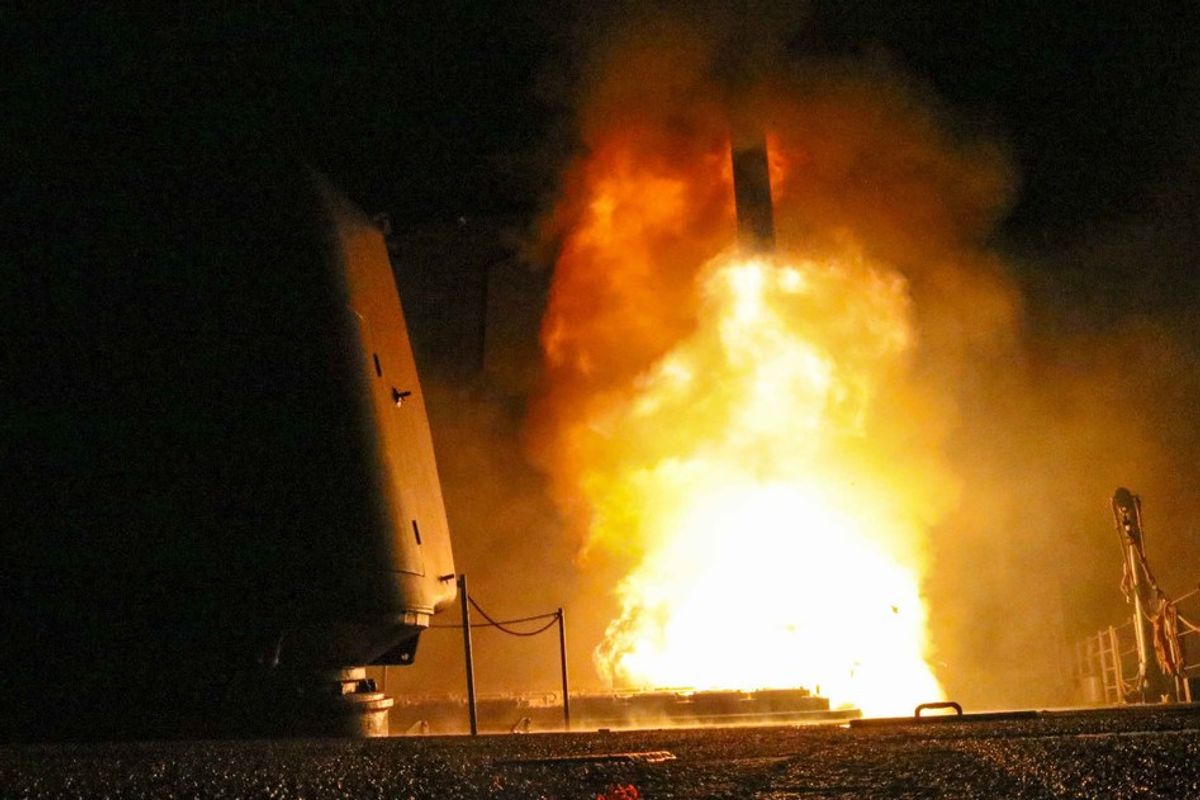Right now, the Defense Advanced Research Projects Agency (DARPA) at the Pentagon is trying to figure out how to create artificial life forms and living factories. We live in a brave new world, wherein great strides in biotechnology have led to vast improvements in numerous fields, from health care to agriculture to manufacturing and energy production. However, those advancements have not come without cost, and the potential for abuse or deliberately harmful applications of this technology appears to be increasing as well.
So what is biotechnology? According to the Biotechnology Innovation Organization, biotechnology “harnesses cellular and biomolecular processes to develop technologies and products.” In a very real sense, humans have been using biotechnology for a long time. The use of yeast for the creation of bread and beer, for example, is a form of biotechnology that has been around for thousands of years. The same could be argued for genetic engineering, as people have been selectively breeding plants and animals to enhance specific qualities for just as long.
Today, biotechnology is associated with genetically modified organisms (GMOs), like pesticide resistant vegetables or fish that glow in the dark; biofuels; and one of the large number of medicines and vaccines that are only available as a result of the biotech process.
And modern biotechnology has found a diverse set of applications, far beyond agriculture and medicine. For example, biotech firms are developing plants whose sole purpose is to detoxify polluted soil and make it usable again. Biotechnology is even expanding into the production of industrial chemicals and materials that are primarily derived from petroleum products, such as plastic and the isoprene used in tires. These efforts could help decrease carbon emissions and reduce dependence on oil in the long term.
While the legitimate uses of biotechnology continue to expand, so too do harmful applications of the same technologies. Both the United States and the Soviet Union managed ongoing biological weapons programs, although those weapons were never deployed and were destroyed following the advent of the Biological and Toxin Weapons Convention (BWC) in 1972. This treaty bans the development and possession of biological weapons.
Despite being outlawed, in rare cases biological weapons have been used by non-state actors – most recently during the 2001 anthrax attacks in the U.S. However, even when bioweapons are used, they have never resulted in the type of widespread damage or loss of life that result from the use of explosives, firearms, or chemical weapons. This is because biological weapons are difficult to develop, often unstable, and hard to disperse effectively. That said, the fear is that improvements in biotechnology may make the misuse of biological material easier.
The line between legitimate research and bioweapons research can sometimes be extremely unclear. For example, processes or materials that are used for medical research can also be used in the creation of bioweapons. How to effectively monitor dual use research is a recurring problem among professionals who focus on non-proliferation efforts. This problem is exacerbated by the fact that the BWC does not have a verification regime or a strong enforcement arm like other, similar treaties, such as the treaty that bans chemical weapons.
As biotechnology continues to advance, it becomes both cheaper and more accessible. And the easier it gets to gain access to advanced biotechnology, the greater the likelihood that a bad actor will successfully develop or deploy a bioweapon – although it is difficult to quantify how much more likely this is becoming. One thing is clear though: biotechnology will be of growing importance as its number of applications, whether positive or negative, increases.
Luke Penn-Hall is the Cyber and Technology Producer at The Cipher Brief.











